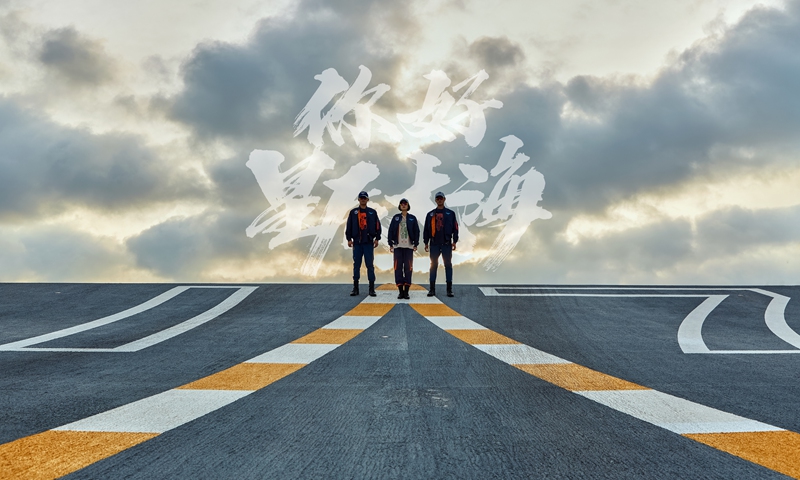Is this the biggest property scam ever? | 60 Minutes Australia
Home buyers should verify the authenticity of the real estate practitioners they are dealing with
By Yanika Liew If you are new to the property scene, dipping your toes in can feel like taking a dive. It can be intimidating to wade through stories of digital impersonations, stolen deposits and backdoor deals. The digitalisation of commerce has skyrocketed as a result of the pandemic. Enterprising companies are launching platforms for their services in a changing market and property is no different. With more real estate businesses moving online, it is easier than ever for fraudulent transactions to take place. Take the recent cases in Singapore where scams involved convincing victims to pay a home-viewing deposit to secure an appointment. Armed with unregistered identity cards, scammers impersonated property agents by sending a picture of their credentials to the victims. There are multiple instances of scammers uploading fraudulent listings on websites. By the time their victims realise they have been duped, it is already too late. “Scammers use technology and social media to reach out to prospects more easily. It is very disturbing and there is very little anyone can do to help buyers and sellers who have been cheated by unregistered estate agents or unregistered real estate negotiators,” Malaysian Institute of Estate Agents (MIEA) president Chan Ai Cheng said. Real estate transactions are a gold mine for scammers, as the process involves large amounts of money being transferred to another account. Scammers can create fake online websites to get customers to bank in the money to them, Propnex Realty chief operating officer Evon Heng commented, who is also MIEA secretary-general. According to both Chan and Heng, many transactions involve collecting a deposit in a sale or rental, and this money is kept by the individuals. It is a very common case for scammers to abort the deal without returning the refund, causing the buyer to lose out on the deposit. Whereas a registered agent is required to transfer any and all deposits to an account managed by the firm, under the client's name. This ensures that the buyer is protected by the law should anything happen, significantly reducing the risk of exploitation. .
.

“Research and verification are vital for any transaction or purchase,” Heng said.
Homebuyers are encouraged to work only with registered RENs or REAs, whose authenticity can also be verified via a written authorisation from the owners of the property being sold. In the case of homeowners eager to rent or sell their property, reach out to professionals rather than appoint an unregistered broker, even if it is someone you trust. Especially when making deposits, ask yourself these questions; could it be an individual’s bank account you are sending your money to? If it is a company, is it a registered one? “By no means it’s all safe and well, dealing with registered persons but at least they are known, the regulatory bodies are able to take more immediate action or even deregister them, there is accountability when one is registered,” Chan said.As more and more Malaysians become comfortable handling transactions online, their vigilance begins to diminish.
“Not only are property scams more prominent, but other scams are also. Research and verification are vital for any transaction or purchase,” Heng said.
She noted that the digitalisation of real estate created other challenges for homebuyers and estate practitioners. Many people enjoy visiting the unit itself or its sales gallery when looking for property. These are preferences that will be easier to accommodate with the easing of Covid-19 pandemic restrictions, but the trend of digitalisation is not likely to falter in the coming years.As the property industry continues to evolve, there will be new challenges for all stakeholders involved. Learn more about protecting yourself in real estate transactions by visiting MIEA’s public awareness campaign, via www.instagram.com/myrealagents/
The telltale signs of a scam, Macau scams: Spot, avoid and report scammers; It’s all in the details
























